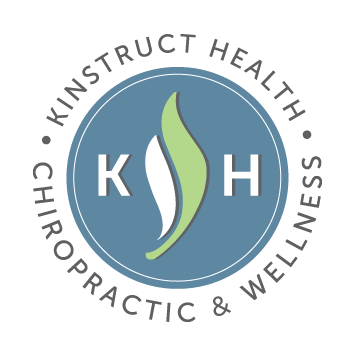Understanding TMJ Pain: A Holistic Approach Through Manual Osteopathy
 TMJ pain can be more than just jaw discomfort—it’s often linked to posture, muscular imbalances, stress and even issues in the pelvis. As a manual osteopath, I take a holistic approach to TMJ disorders, treating not just the jaw, but the entire musculoskeletal system, seeking to address the root cause. Let’s explore how TMJ pain develops, its connection to posture, and how the pelvis can affect jaw function.
TMJ pain can be more than just jaw discomfort—it’s often linked to posture, muscular imbalances, stress and even issues in the pelvis. As a manual osteopath, I take a holistic approach to TMJ disorders, treating not just the jaw, but the entire musculoskeletal system, seeking to address the root cause. Let’s explore how TMJ pain develops, its connection to posture, and how the pelvis can affect jaw function.
What is TMJ and What Causes Disorders?
The temporomandibular joint (TMJ) connects your jaw to the skull, enabling essential functions like chewing and speaking – making it one of the most frequently used joints in the body – and, consequently, prone to dysfunction. TMJ disorders can cause pain in the jaw, neck, or face, along with symptoms like headaches, earaches, and clicking sounds when moving the jaw.
Common causes of TMJ issues include:
- Jaw misalignment
- Muscle tension
- Injury or trauma
- Poor posture or excessive clenching
The Osteopathic Approach to TMJ Disorders
Osteopathy is a hands-on approach that treats the body as a whole. When it comes to TMJ disorders, the entire musculoskeletal system is assessed, understanding that misalignments in one area (like the pelvis or spine) can impact other areas, including the jaw. Osteopathic treatment aims to correct these imbalances, restore function, and reduce pain.
Posture and the Pelvis: An Unexpected Link in TMJ Dysfunction
Poor posture can contribute to TMJ pain by straining muscles in the neck, shoulders, and jaw. For example, forward head posture can cause muscle tension that leads to jaw discomfort. Similarly, pelvic misalignment can affect your posture, causing imbalances that ripple through the spine, neck, and jaw. The pelvis acts as the foundation of the spine, and any misalignment can cause the spine to shift, leading to imbalances that can work their way up the chain resulting in issues in the neck and jaw.
By addressing postural issues, osteopaths can help relieve the strain on your TMJ and improve overall function.
Osteopathic Techniques for TMJ Relief
Osteopaths use a variety of techniques to treat TMJ pain, including:
- Soft Tissue Work: To release muscle tension around the jaw, neck, and shoulders.
- Joint Mobilization Techniques: To restore movement and reduce restrictions in the TMJ.
- Cranial-Sacral Therapy: To balance cranial bones and reduce pressure around the head and neck.
- Postural Adjustments: To correct misalignments in the spine and pelvis, reducing stress on the jaw.
These treatments help restore balance to the entire body, relieving TMJ symptoms and preventing future issues.
Self-care Tips for Managing TMJ Pain
- Practice Good Posture: Sit and stand with your head aligned over your spine. Avoid slumping.
- Jaw Relaxation: Gently massage your jaw, and avoid clenching your teeth.
- Ergonomic Adjustments: Ensure your workstation is set up to support good posture.
- Use a supportive pillow at night
If you’re struggling with TMJ pain or want to learn more about how osteopathy can help, please don’t hesitate to reach out. Book your initial assessment with Mark Boutillier, DOMP today and start your journey toward long-lasting relief!
